Iron is a vital mineral that plays a crucial role in your child’s growth and development. It helps make hemoglobin, a protein in red blood cells that carries oxygen throughout the body. When children don’t get enough iron, they may develop iron deficiency, which can lead to anemia and affect their physical and mental development.
🧠 Why Iron Is Important for Kids
- Supports brain development
- Boosts energy and concentration
- Strengthens the immune system
- Prevents fatigue and weakness
- Promotes healthy growth and muscle development
⚠️ Warning Signs of Iron Deficiency in Children
Early stages of iron deficiency can go unnoticed. However, as it worsens, symptoms may include:
- Unusual tiredness or fatigue
- Pale skin, especially on the face or inside the eyelids
- Poor appetite
- Slower growth and development
- Behavioral issues or irritability
- Trouble concentrating or poor academic performance
- Frequent infections
- Cold hands and feet
🧬 Common Causes of Iron Deficiency in Kids
- Poor diet: Not enough iron-rich foods (like red meat, spinach, or beans)
- Rapid growth spurts: Increased need for nutrients during developmental stages
- Low birth weight or prematurity
- Exclusive breastfeeding beyond 6 months without iron supplementation
- Drinking too much cow’s milk (more than 2 cups/day) which can block iron absorption
- Parasite infections or chronic diseases
🥦 Best Iron-Rich Foods for Kids
There are two types of dietary iron:
- Heme iron (better absorbed): found in animal products like red meat, chicken, and fish
- Non-heme iron: found in plant sources like lentils, spinach, and fortified cereals
Include these foods in your child’s diet:
- Lean red meat, liver, or chicken
- Eggs
- Leafy greens (like spinach and kale)
- Lentils, beans, and chickpeas
- Iron-fortified cereals and grains
- Dried fruits (raisins, apricots)
- Nuts and seeds
Pro tip: Pair iron-rich foods with vitamin C (like oranges or tomatoes) to enhance iron absorption.
🩺 Diagnosis and When to See a Doctor
If you suspect your child has iron deficiency, consult a pediatrician. A simple blood test can check hemoglobin levels and iron stores. Based on the results, the doctor might recommend:
- Dietary changes
- Iron supplements (only under medical supervision)
- Further testing if the cause is unclear
✅ How to Prevent Iron Deficiency
- Offer a balanced diet from infancy
- Limit cow’s milk to 500ml per day for toddlers
- Include iron-fortified foods and vitamin C-rich fruits daily
- Encourage regular check-ups, especially for picky eaters or kids with chronic conditions
- Monitor energy levels and developmental milestones
📌 Key Takeaway
Iron deficiency in children is common but preventable. With the right diet, awareness, and early action, parents can ensure their kids grow up healthy, active, and strong. If you notice signs of fatigue, pale skin, or slow development, don’t wait—get your child tested and start making positive dietary changes.
ABOUT THE AUTHOR
Dr. Nora West is a highly skilled MBBS doctor with a special interest in women’s health and patient education. She is dedicated to providing compassionate care and believes in building strong doctor–patient relationships based on trust and understanding. Dr. Nora focuses on empowering her patients with the knowledge they need to make informed decisions about their health. She is particularly passionate about preventive medicine, nutrition, and lifestyle interventions that can significantly improve quality of life. Known for her warmth and professionalism, Dr. Nora combines evidence-based medicine with a personalized approach, ensuring every patient feels supported on their journey to better health.
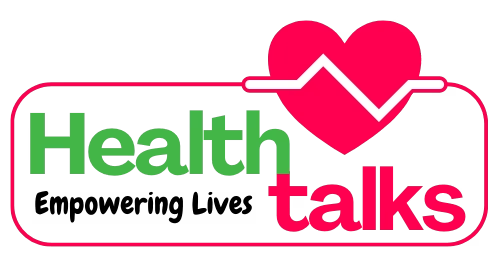
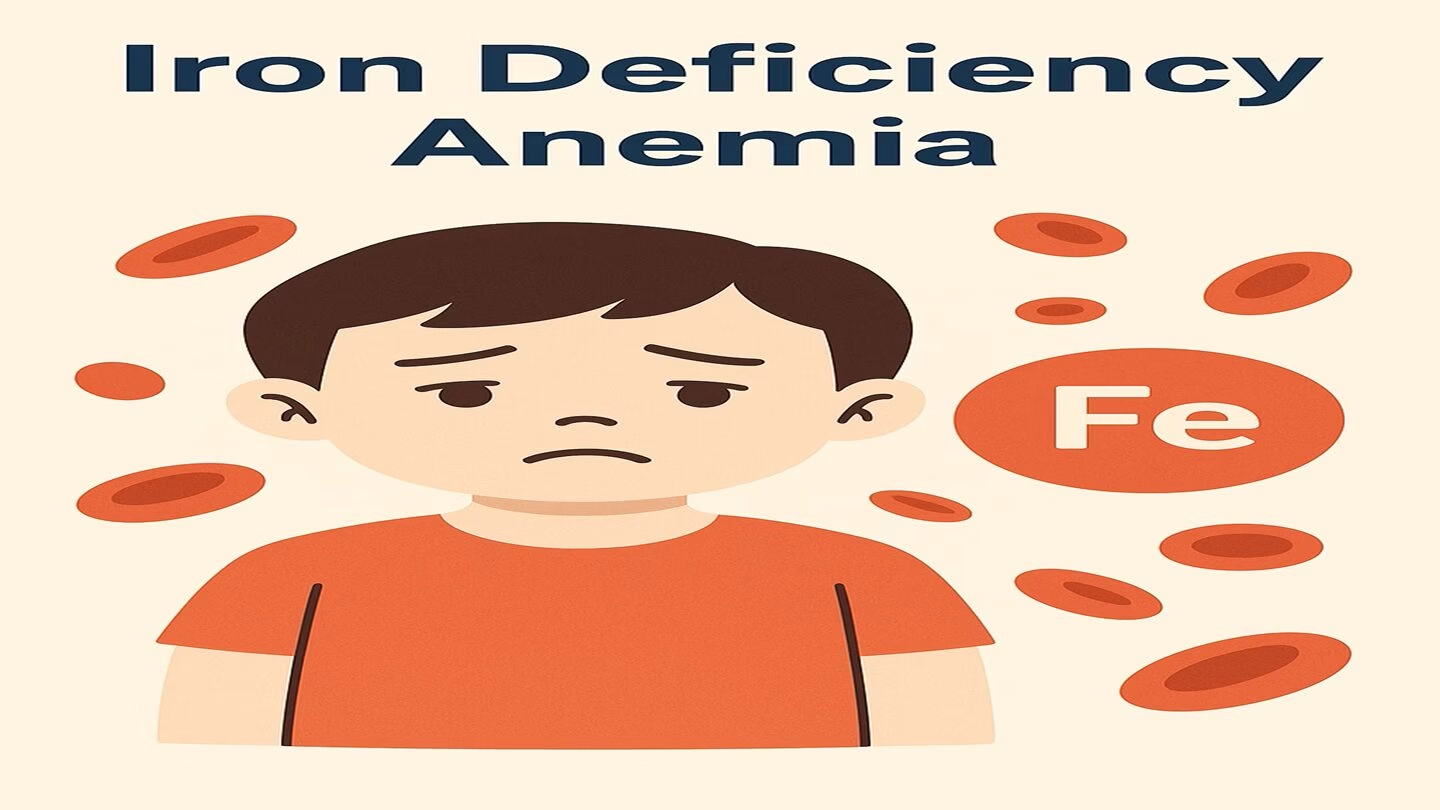

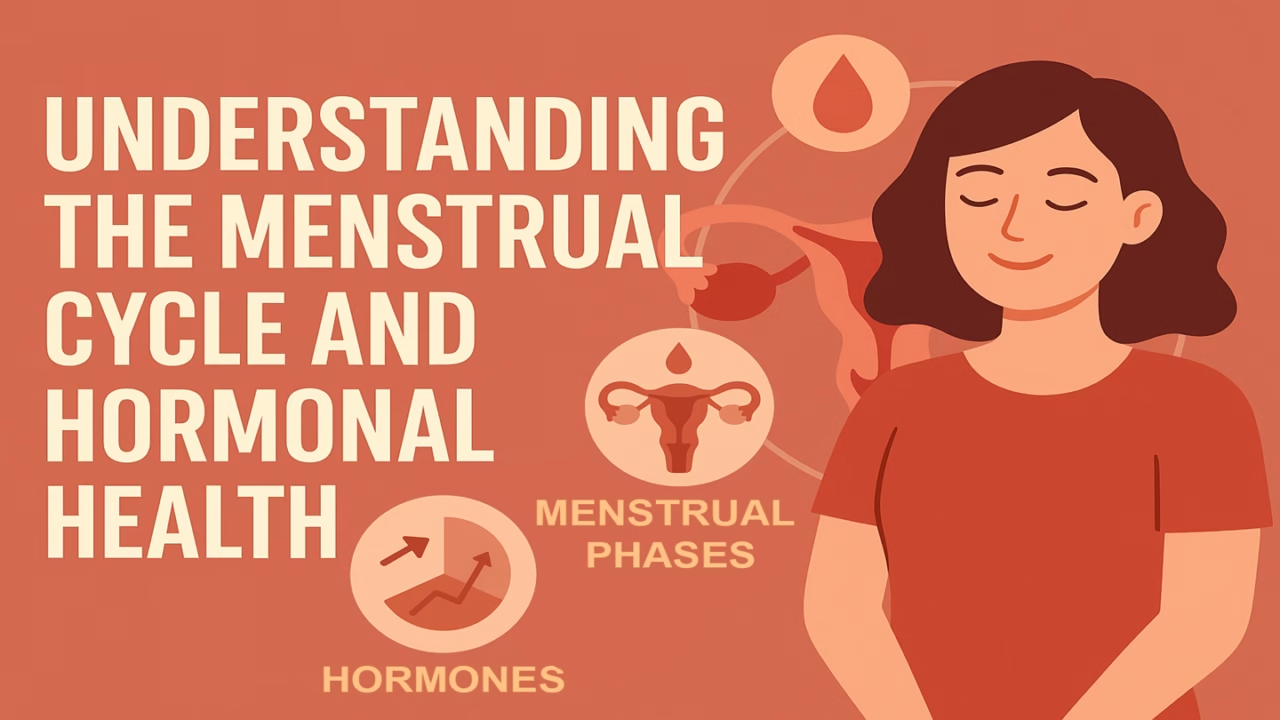
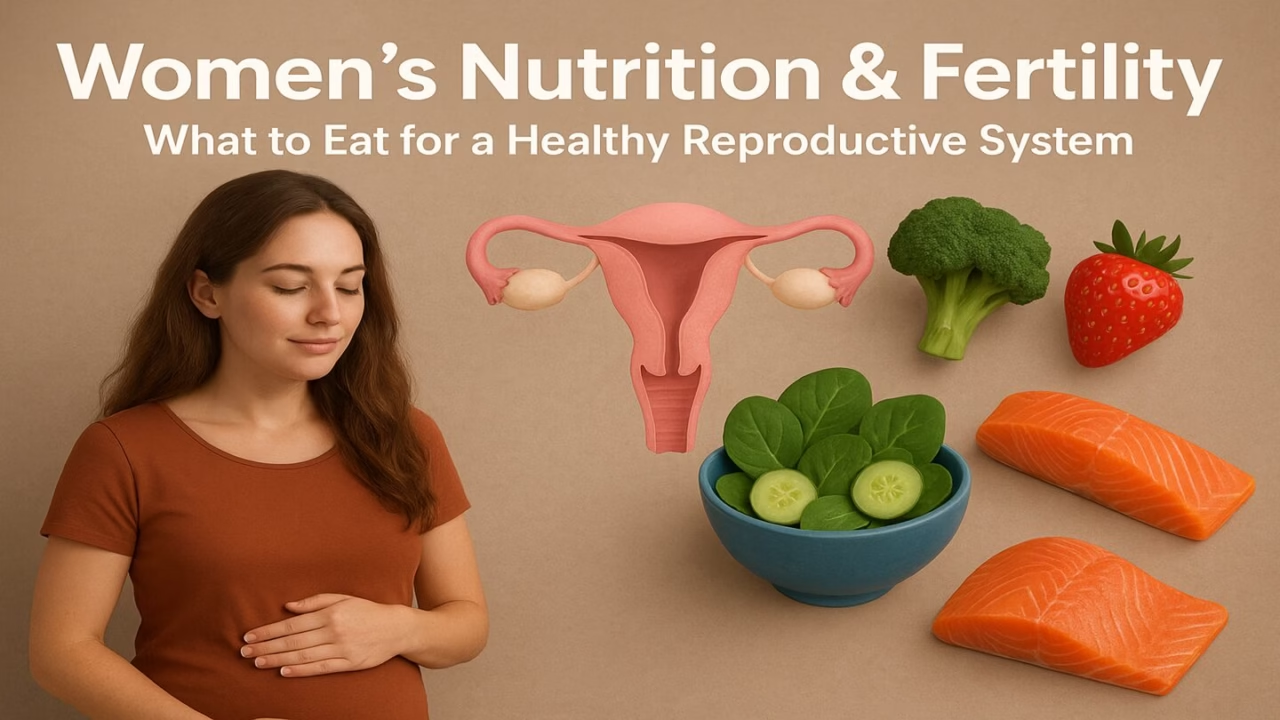
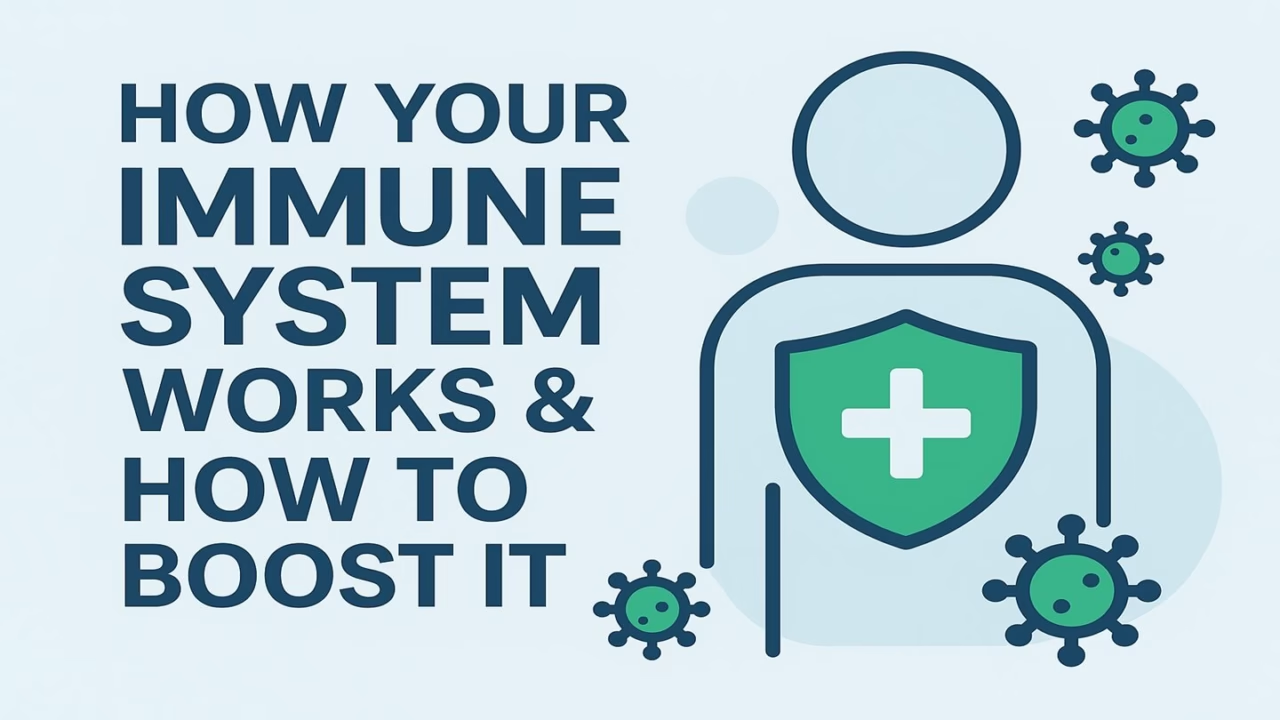


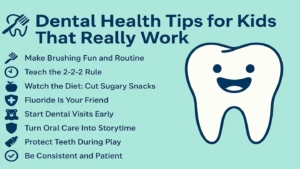
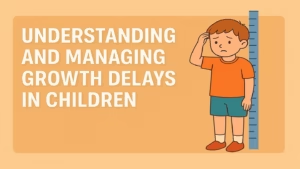
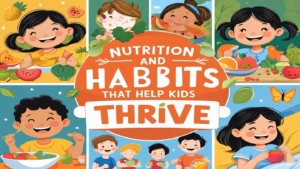
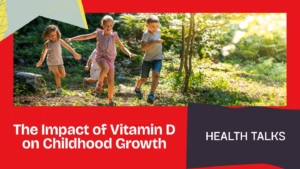

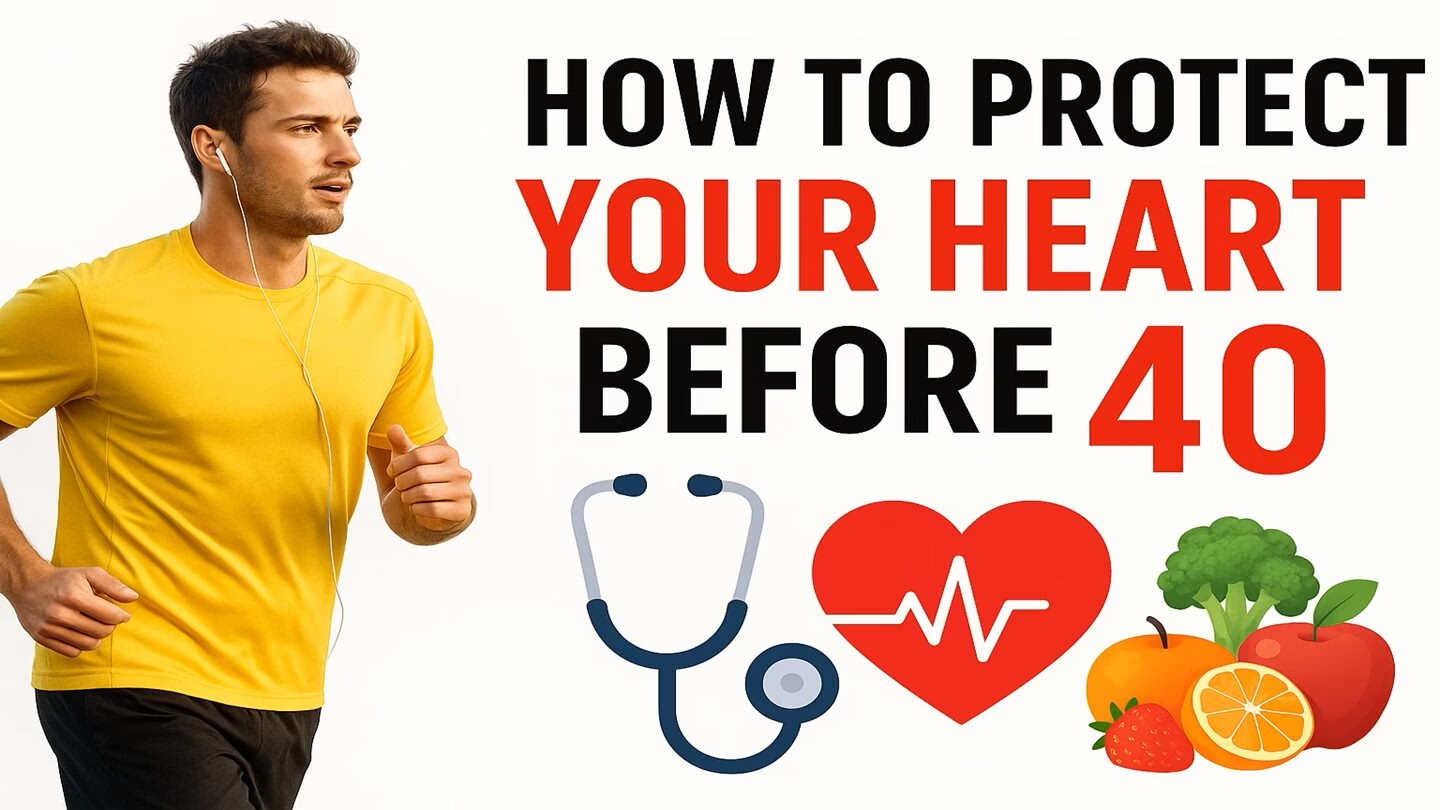
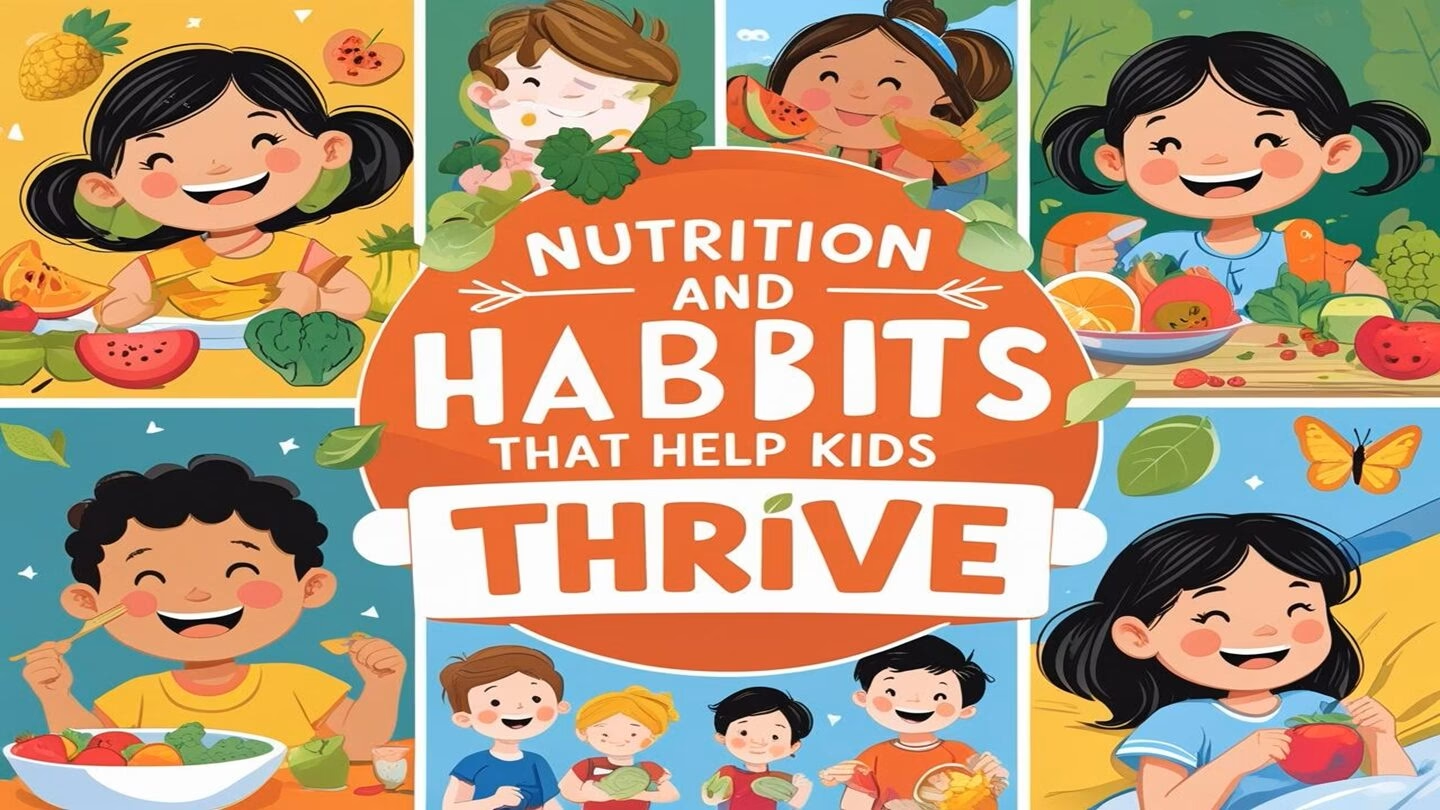

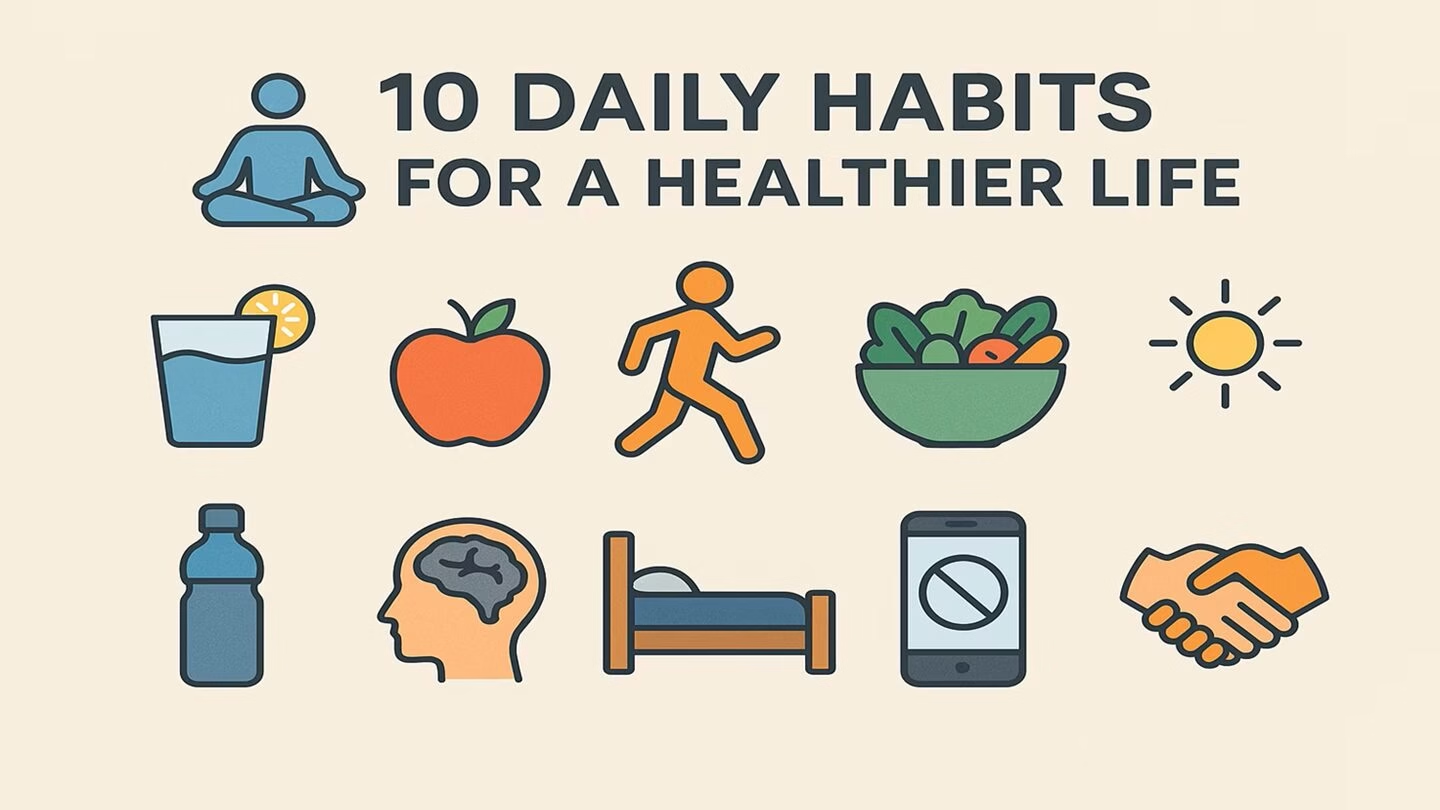
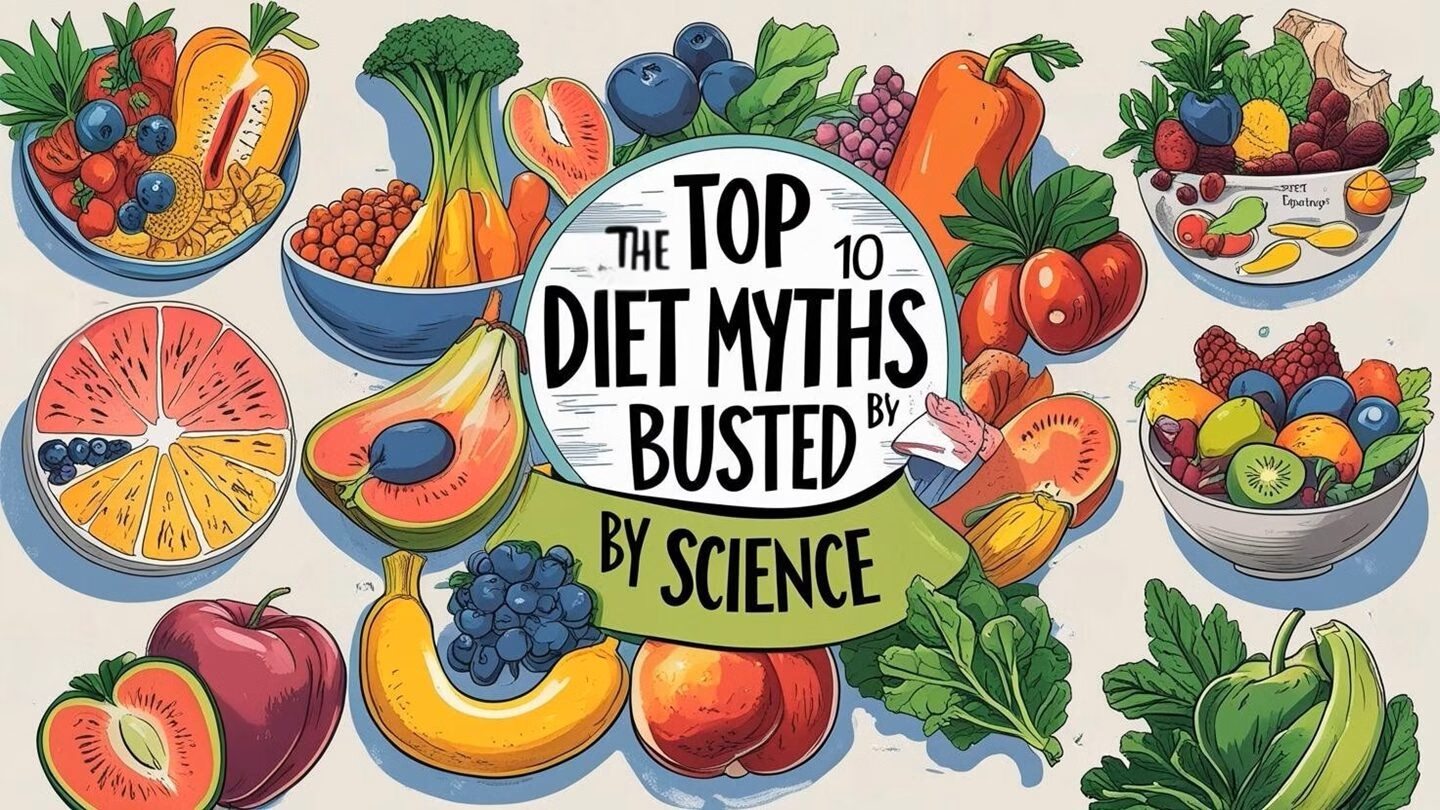
Add comment